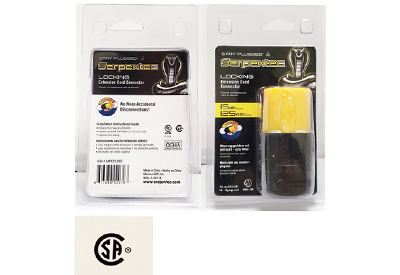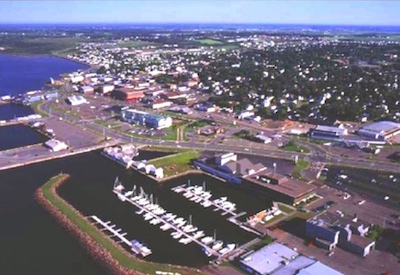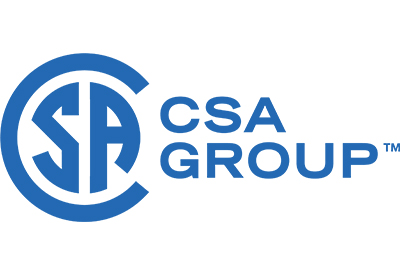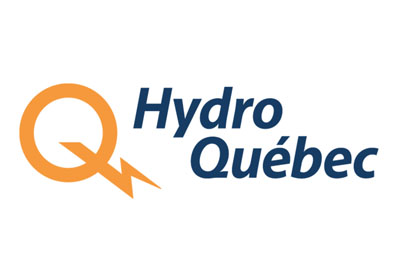IoT-Ready Alliance Introduces First IoT Interface Specification

May 14, 2018
Marking its one-year anniversary, the IoT-Ready Alliance has introduced its first specification, The IoT-Ready Interface Specification V1.0. The specification defines a socket that allows any type of Internet of Things (IoT) sensor or control module to connect seamlessly to a luminaire or other building system. The standard is network-protocol independent, which enables IoT-Ready-compliant products to utilize any networking protocol, either wired or wireless, and is suitable for all LED lighting and building control networks.
“We’re very pleased that our collaborative environment and focus on results has enabled us to converge on a robust specification so quickly,” says Evan Petridis, Chair of the IoT-Ready Alliance Technical Committee. “The specification achieves our design goals of broad industry support, extensibility, low-cost, and simplicity of implementation. In working with a range of companies from the lighting, lighting-control and IoT industries, I’ve seen what we can accomplish when we focus on results instead of defending industry turf. Now that our first specification is published and products are on the market, we look forward to working together with other technical standards bodies in the lighting, building management, and IoT spaces to ensure a single set of coherent standards world-wide.”
Key benefits of adopting the IoT-Ready standard
• Specifies all interface elements: mechanical, electrical and software
• Provides a complete family of interoperable solutions to Smart Building IoT interface problems
• Allows in-field retrofit, replacements and upgrades without disassembly
• Specification is developed under a Royalty-free license
• Works with any network protocol including Thread, BLE, ZigBee, Z-Wave, Wi-Fi, IP/Ethernet etc.
• Is backwards compatible with legacy lighting controls
• Can be implemented with traditional lighting controls until IoT is needed
• Provides a low-cost option to future-proof luminaires or other system components in buildings
• Suitable for a range of applications, from simple low-cost lighting control to high-end IoT sensing
IoT-Ready is an alliance of leading lighting, building management, and Internet of Things (IoT) companies and organizations that are creating a common standard for IoT-enabled lighting fixtures. This standard will ensure all new LED lighting fixtures can be shipped with a standard socket to easily add intelligent IoT sensors to the fixture after the fixture has been installed.










![Guide to the Canadian Electrical Code, Part 1[i], 26th Edition – A Road Map: Section 10 – Grounding and Bonding](https://electricalindustry.ca/wp-content/uploads/2022/11/Guide-CE-Code-2.png)





